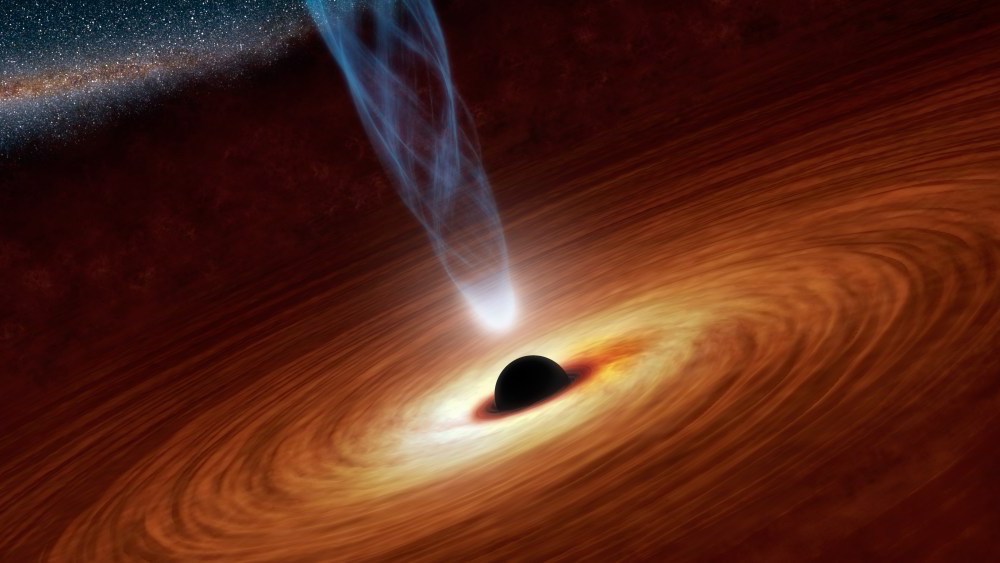Accretion Flows and X-ray Reverberation Mapping
X-ray Reverberation
Beyond measuring BH spin, STROBE-X will also produce unprecedented constraints on the geometry of the inner accretion flow onto both stellar-mass BHs and AGN via the characterization of their X-ray reverberation signatures. In recent major breakthroughs, observations with XMM and NuSTAR detected the reverberation delay between X-ray continuum changes and the broad Fe emission line in several AGN as well as from a tidal disruption event. The limiting factor in X-ray reverberation studies is photon count. X-ray reverberation observations of AGN with XMM or NuSTAR require hundreds of kiloseconds, suppressing sensitivity to short-timescale (1e4 ks) variability in the extremely compact environments of local AGN. STROBE-X, with effective area a factor of 30–100x larger than those missions can make such observations 5–10x faster in the background-limited regime. Understanding the rapid geometrical changes of the accretion flow on timescales smaller than the dynamical timescale will be important for understanding what powers the enigmatic X-ray corona. In addition, new signatures of strong- field gravity (e.g., Shapiro delay) will become apparent in the reverberation signal, dramatically improving our knowledge of the very innermost accretion disk structure.
Given the linear scaling of S/N ratio with count rate in sources well above the background, an even bigger improvement will be achieved for reverberation studies of stellar BH binaries (BHBs), as shown in Fig. 1c. Currently, crude reverberation has only been found in two BHBs because, while they are ~1000x brighter, their characteristic variability timescales are > 1e5x faster, and thus require more cycles to obtain the same S/N ratio as the AGN. With STROBE-X, we will measure reverberation in tens of BH binaries, and will map them throughout an entire spectral state transition (not just in the “hard” state). Furthermore, STROBE-X will measure lags associated with the relativistically broadened iron line and Compton hump in BH binaries, which cannot be probed with current instruments. Finally, STROBE-X will extend reverberation to even higher frequencies for studies of accreting NS systems, which also appear to exhibit similar state transitions, leading to understanding the effects of the boundary layer versus inner disk for producing the X-rays and potentially revealing the ISCO for neutron star accretors.
Accretion Physics
STROBE-X will revolutionize several other aspects of accretion studies. HEMA will be the most powerful instrument for detecting absorption lines from the accretion disk winds that expel ~90% of the mass transferred from donor stars to their BH companions. The disk-jet connection in X-ray binaries will be probed both on long timescales with the high quality continuous monitoring of fluxes, spectra and power spectra from WFM, and on short timescales by correlating rapid X-ray timing data to probe the disk with rapid infrared timing to probe the jet. WFM will provide the crucial combination of sampling and sensitivity to search for QPOs on day timescales from the ~100 brightest AGN, allowing timing spin estimates to be scaled up.
Multi-instrument Approach
The full suite of STROBE-X instrumentation is needed to achieve these goals. WFM will detect new outbursts of transient X-ray binaries and probe their spectral states so that they can be observed with LEMA/HEMA at the appropriate phase of their outbursts. HEMA will provide the best sensitivity to QPOs, which are most prominent in the hardest X-rays, and will provide sensitivity to the Compton component for reverberation mapping. LEMA will allow observations of the faintest sources, and provide higher spectral resolution. Finally, STROBE-X is the first mission which will provide simultaneous sensitive timing and spectroscopy of both the thermal (soft X-ray) disk emission and the non-thermal (hard X-ray) coronal emission. By measuring those BHs in which the spins can be estimated with all three complementary techniques and cross-checking the geometry through reverberation mapping, STROBE-X will calibrate the methodology for estimating the BH spins and understanding accretion geometry. With the methodology thus established, these techniques can then be confidently applied to the full sample of stellar and supermassive BHs, both with STROBE-X and other missions such as Athena.

